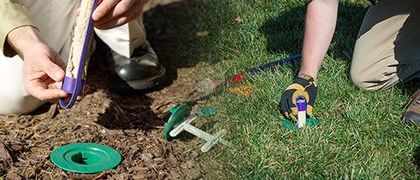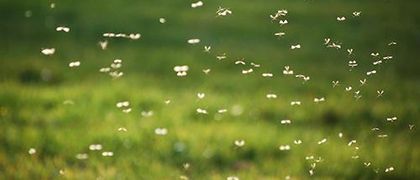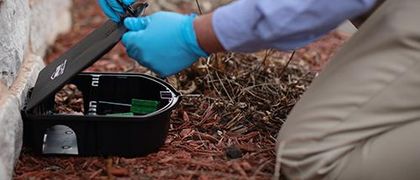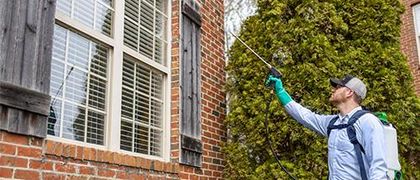Spiders in Nebraska: Identification & Control
If you’ve lived in Nebraska long enough, you’ve probably had a run-in with one of its many spider species, whether in your basement, garage, or while clearing out a woodpile. From harmless web-builders to spiders whose bites can require medical attention, understanding spider identification can help you stay calm and in control.
This guide covers the most common spiders in Nebraska, including tips to tell them apart and how to keep them out of your home.
Key Takeaways
- Nebraska spiders range from harmless garden types to venomous ones like brown recluse and black widow spiders.
- Most spiders prefer quiet places like basements, garages, crawlspaces, or woodpiles where they can stay hidden.
- Some spiders hunt instead of building webs and are often seen moving quickly across floors or walls.
- Keeping spiders out involves sealing cracks, cleaning regularly, removing webs, and calling pest control.
Common Types of Spiders in Nebraska
From harmless garden dwellers to species that can deliver painful spider bites, Nebraska is home to a wide range of arachnids. Here are some of the most common ones you might come across in Nebraska homes and yards:
Brown Recluse Spider
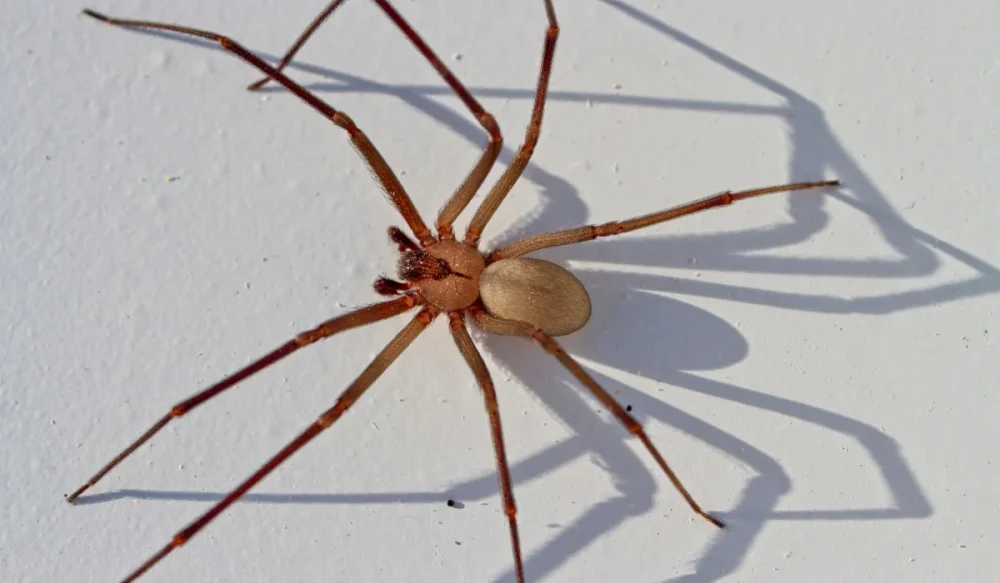
One of the most dangerous spiders in the region, the brown recluse spider is known for its necrotic bite. It's typically light to dark brown with a subtle violin-shaped mark on its back. This venomous spider favors secluded spaces like basements, attics, and storage closets.
In Nebraska, especially around Omaha, it’s among the most misunderstood due to its reclusive nature.
Black Widow Spider
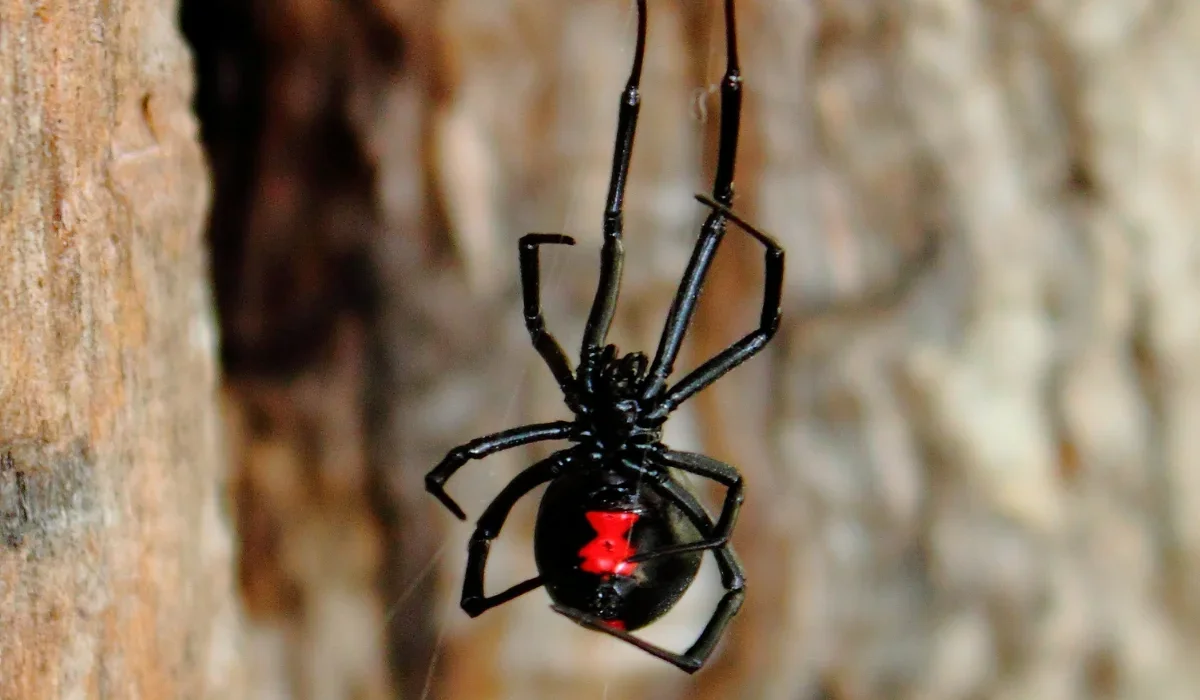
With a glossy black body and red hourglass shape underneath, the black widow spider is easy to recognize. Females are more likely to deliver bites that need medical attention, especially when disturbed in cluttered corners, crawlspaces, or woodpiles.
This spider is found across North America, and in Nebraska, it’s usually spotted in garages or outdoor sheds.
Wolf Spider
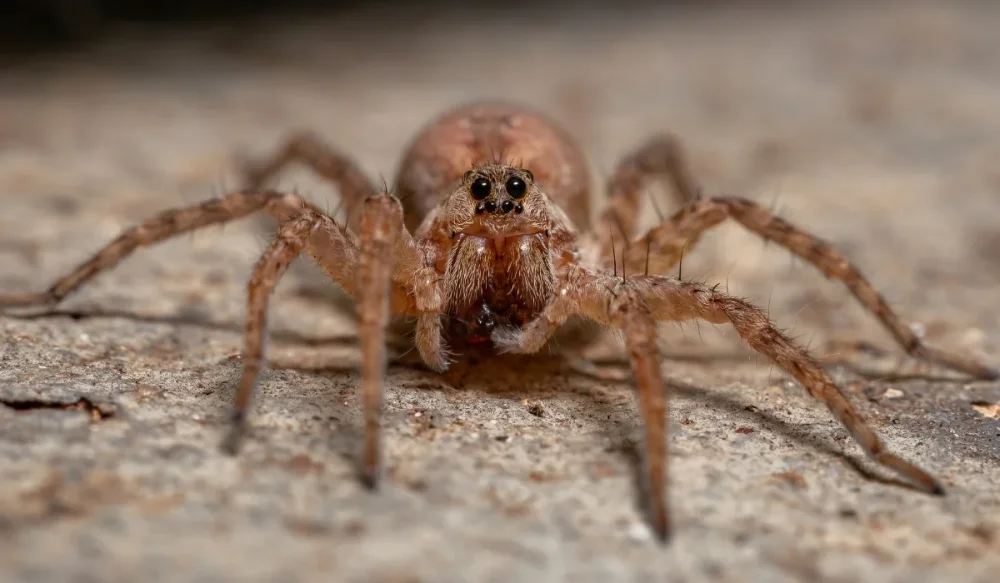
A large, hairy arachnid, wolf spiders are one of the most common spiders seen darting across floors. While their size and speed can startle, they are not aggressive and rarely bite. They don’t spin webs but instead hunt their prey, often indoors during fall when nights get cooler.
Grass Spiders
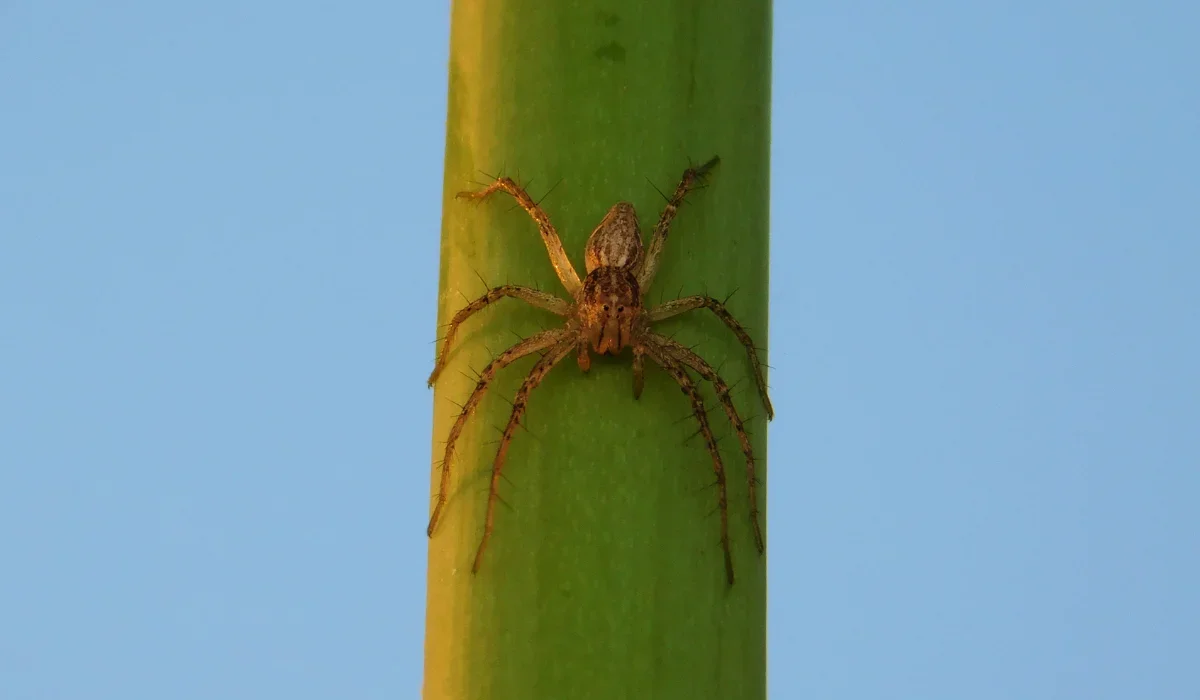
These fast-moving arachnids are often confused with brown recluse spiders due to their size and color. However, they lack the violin shape and instead have pronounced stripes running the length of their body.
Grass spiders spin funnel webs close to the ground in gardens and along the edges of basements or foundations.
Jumping Spider
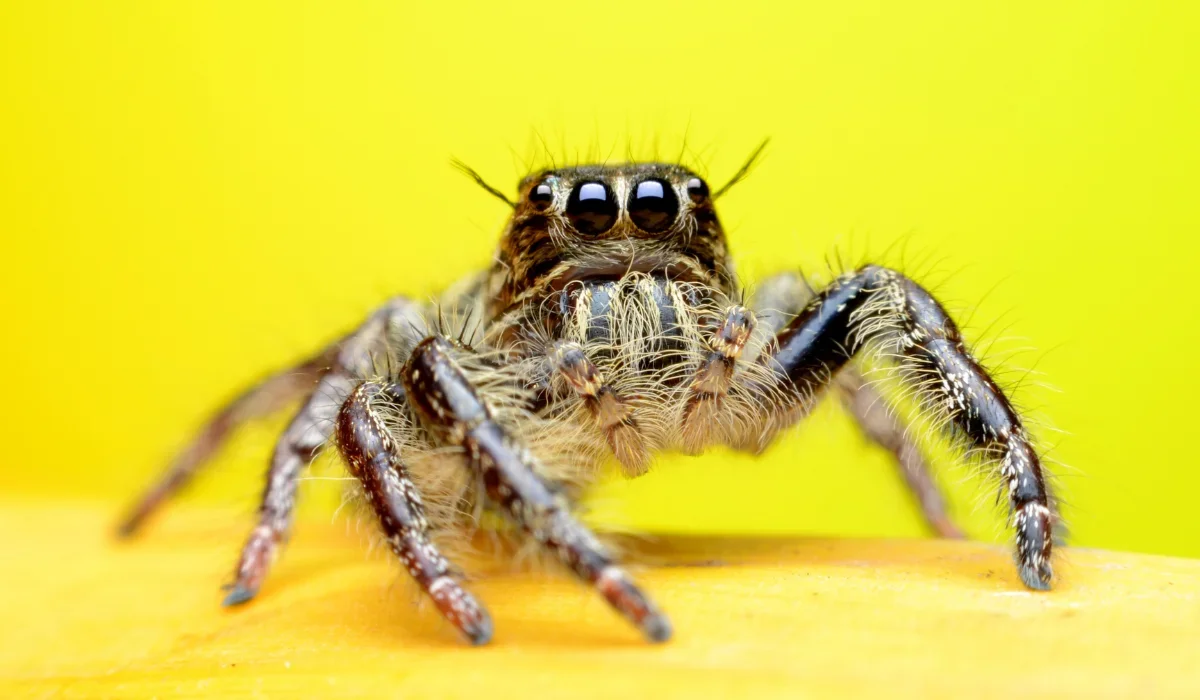
The bold jumping spider is one of the most common jumping spiders in Nebraska homes. Known for its curious behavior and long leaps, it’s typically black with iridescent green or blue markings.
Despite their tiny size, it has excellent vision and can be quite active during the day.
Yellow Sac Spiders

These light yellow to beige spiders often show up in homes during the colder months. They build small silk sacs where walls meet ceilings or behind picture frames.
Although not among the most dangerous spiders, their bites can cause mild irritation and itching. They are one of the more frequently reported indoor species in Nebraska.
Cellar Spider
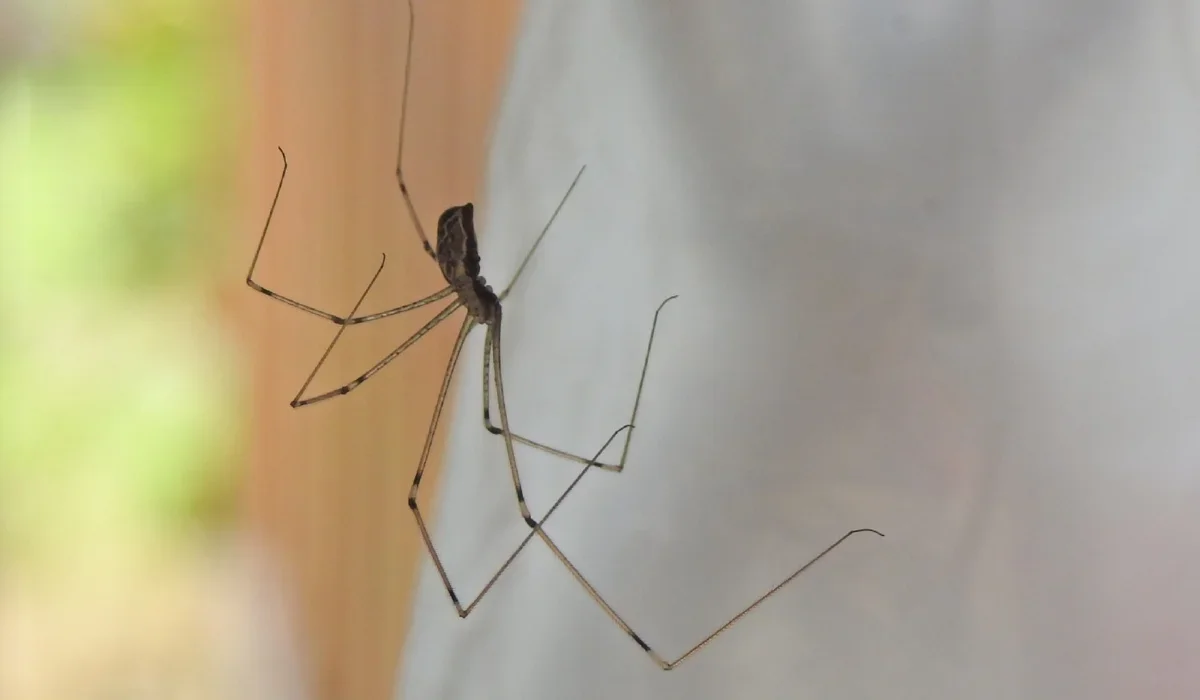
Often confused with harvestmen due to their long legs, cellar spiders are harmless.
These arachnids thrive in cool, damp environments like basements and crawl spaces. Their delicate appearance and erratic web-spinning style make them easy to identify.
Fishing Spider

Fishing spiders can walk on water and are often found near ponds or moist basements. They can grow quite large and are sometimes mistaken for wolf spiders. Although intimidating, they are not considered dangerous spiders.
Marbled Orbweaver
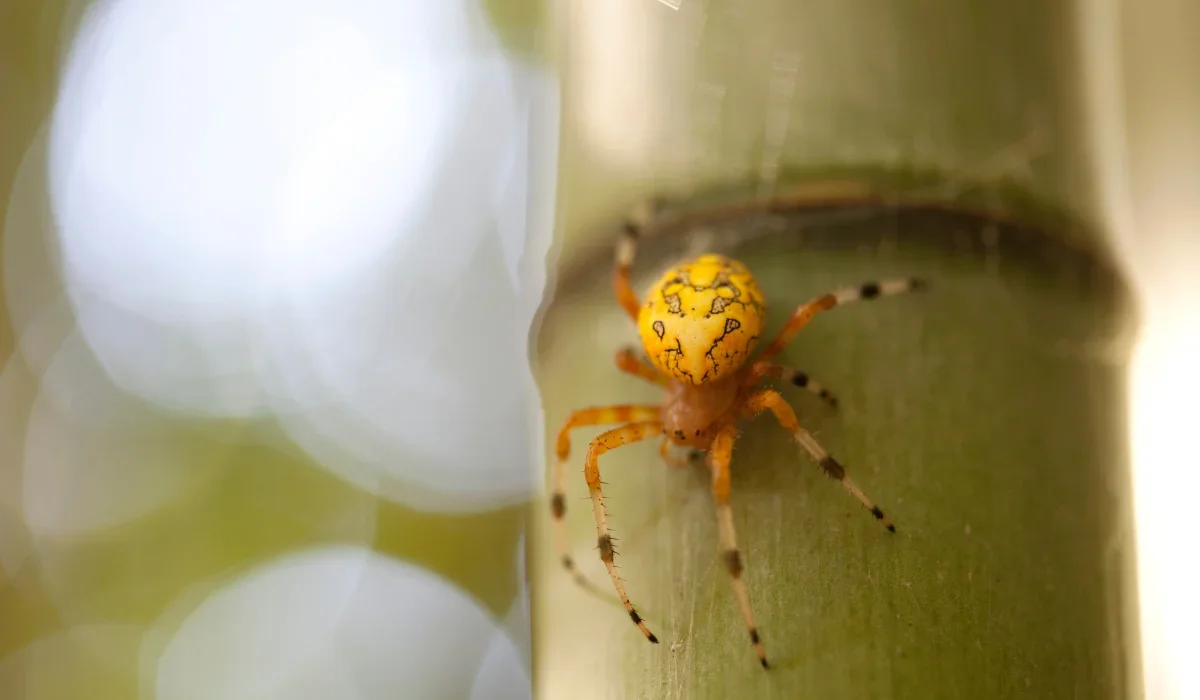
The marbled orbweaver is colorful and builds classic orb-weaver spider webs in shrubs, gardens, or wooded areas.
Its orange, marbled abdomen makes it a standout in Nebraska’s spider population.
Parson Spider
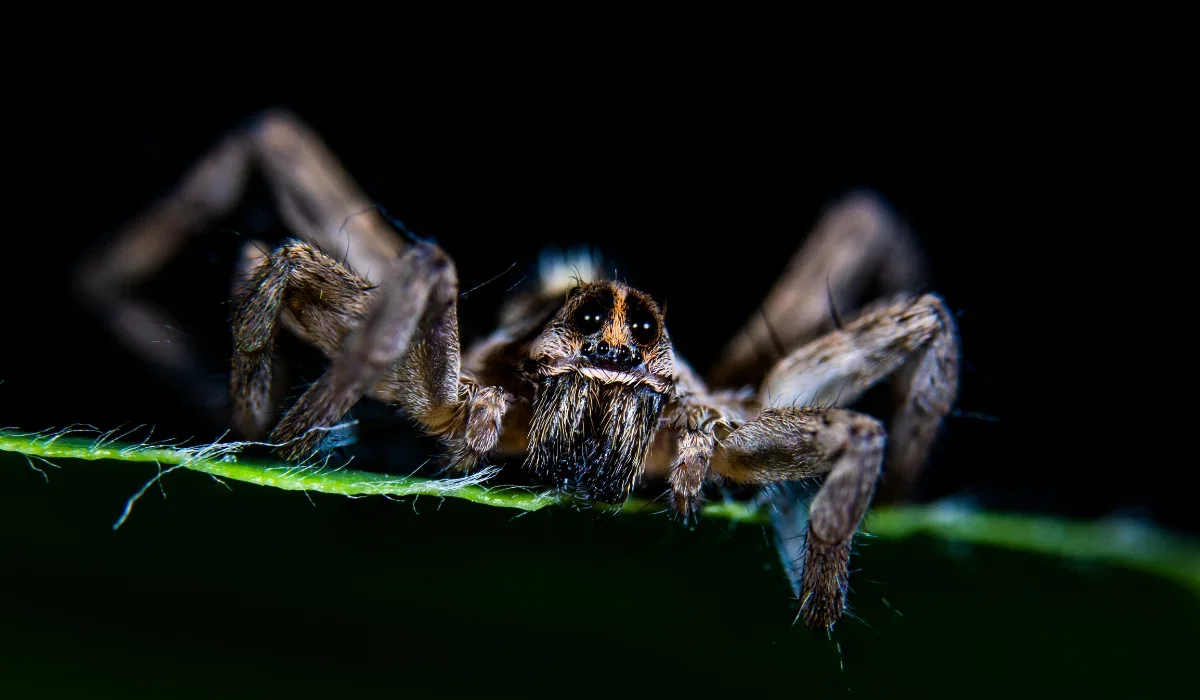
Named for the cravat-shaped white marking on its back, the parson spider is a ground-dwelling spider that often turns up indoors.
It’s fast-moving and usually dark brown or black. While it can bite if handled, its bite is not serious.
Yellow Garden Spider
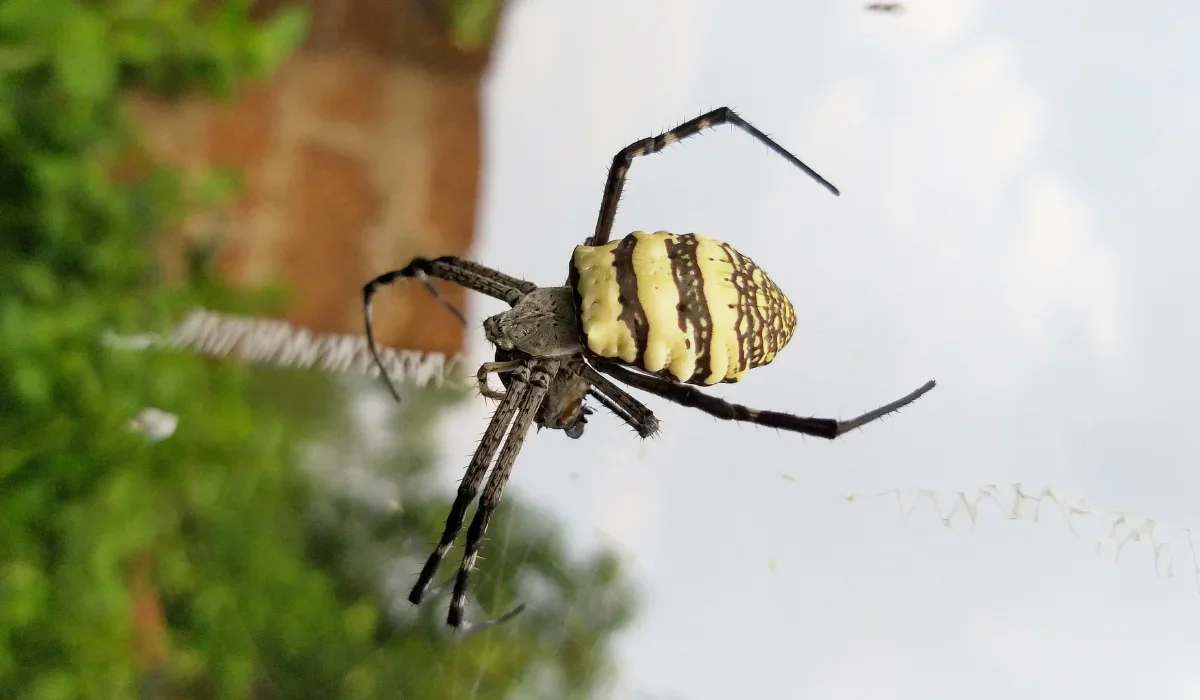
These orb-weaver spiders create impressive webs in yards and gardens. Their bold yellow-and-black coloring makes them easy to identify.
While they may look intimidating, they’re not venomous spiders and are beneficial for keeping other insects in check.
Crab Spiders
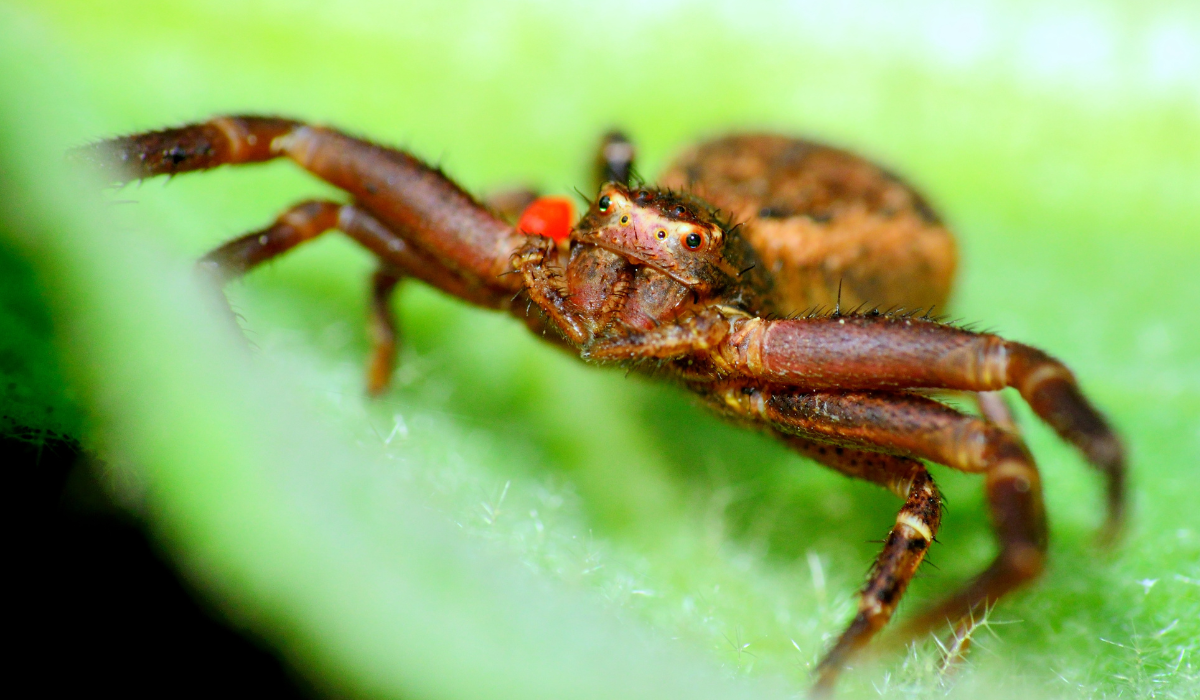
Found on flowers and vegetation, crab spiders don’t build webs but instead ambush prey. Their crab-like stance and ability to change color make them excellent at camouflage.
Though they’re not commonly seen indoors, they’re a part of Nebraska’s native spider diversity.
Spotted Orb Weaver
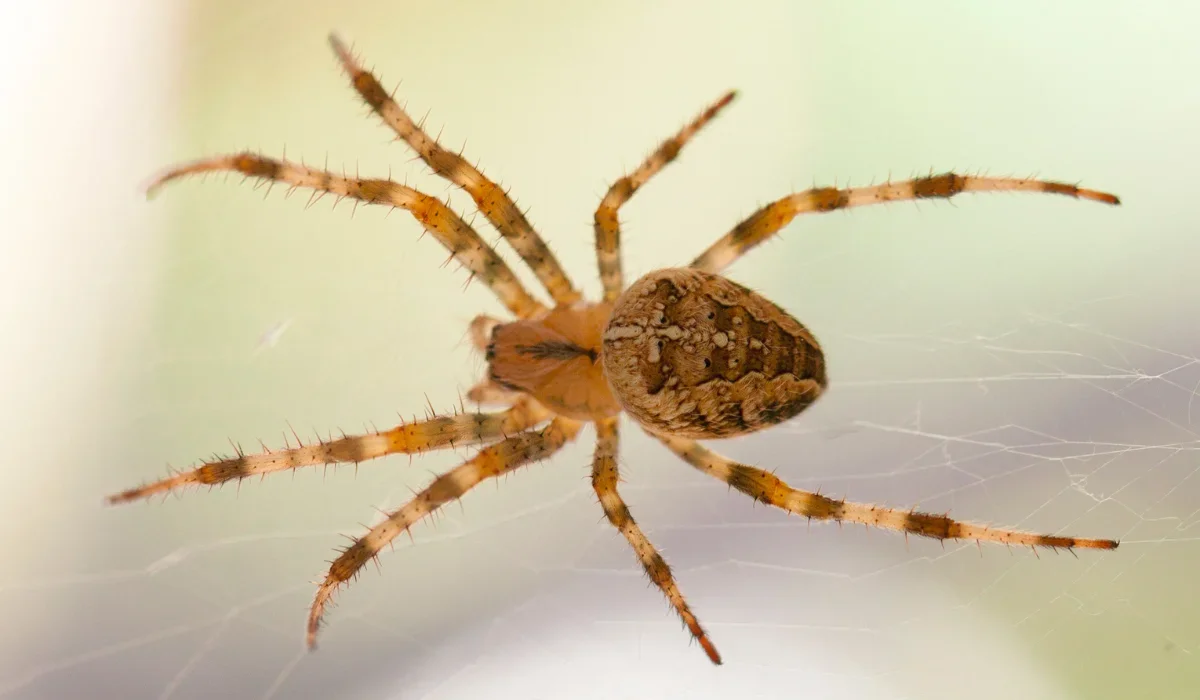
Another garden dweller, the spotted orb weaver is known for its patterned back and large webs. It’s active in late summer and early fall, spinning its webs overnight and retreating during the day.
Nursery web spider
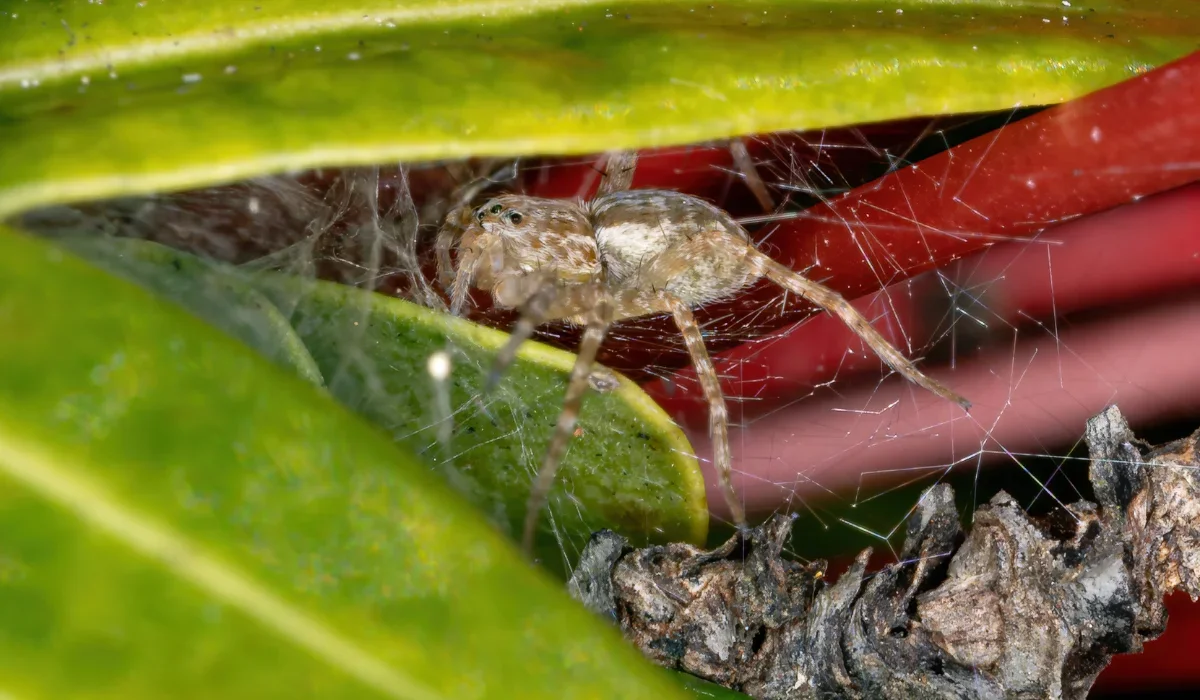
Similar to fishing spiders, nursery web spiders guard their egg sacs in silken nurseries. While not as common in urban Omaha areas, they can be spotted in tall grass and near water sources.
Northern Cobweb Spider
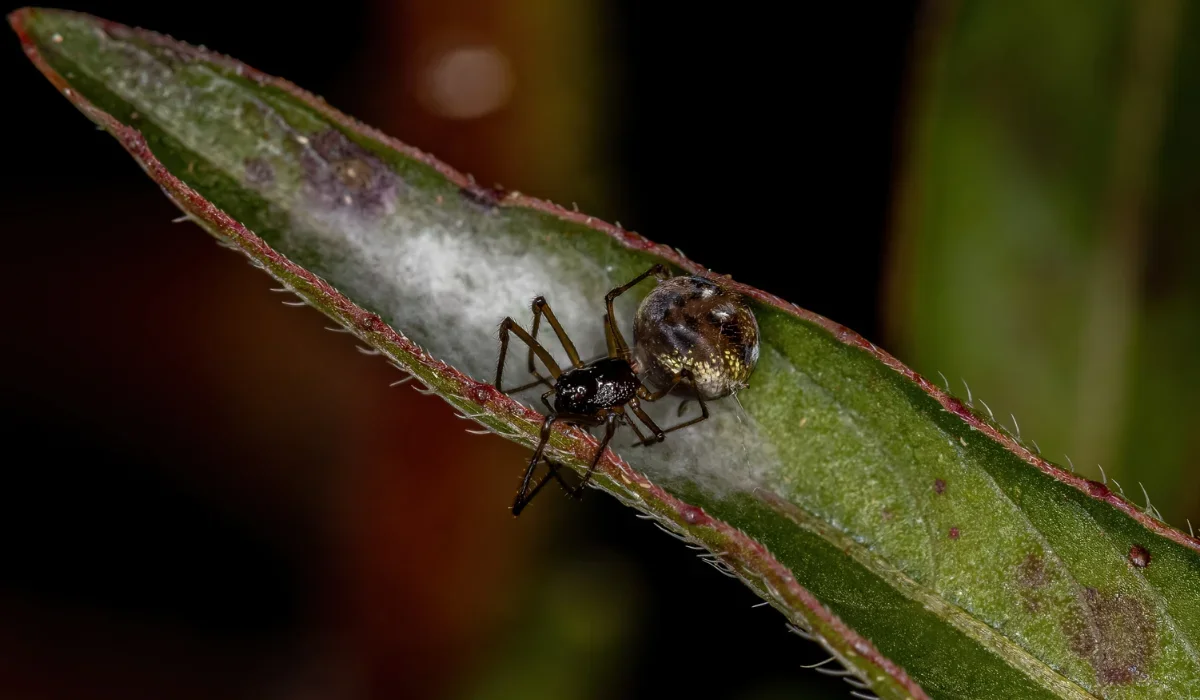
Often mistaken for black widows, the northern cobweb spider is a type of false widow. It has a dark, shiny body but lacks the classic red hourglass.
Though its bite may cause mild symptoms, it’s not a dangerous spider.
How to Control Spiders in Nebraska Homes
If spiders are turning up more often than you'd like, especially in basements or quiet corners, it might be time to take action.
Here are a few practical ways to keep your home pest-free:
Seal up Potential Entry Points
To maintain a pest-free home, start by sealing cracks around doors, windows, and your foundation. Many spider issues begin with small openings that go unnoticed, especially around garage door seals and utility lines.
Keep Indoor Spaces Clean and Clutter-Free
Boxes stacked in basements or items stored under beds give spiders easy hiding spots. Declutter, vacuum regularly, and avoid storing cardboard directly on the floor.
Regular Inspections and Web Removal
Whether it’s a cellar spider’s messy web or a marbled orbweaver’s spiral masterpiece, regularly removing webs disrupts spider activity and discourages re-entry.
Schedule Professional Pest Control
At Miller Pest & Termite, we use a comprehensive 33-point pest control program that addresses both web-builders and ground-dwellers.
Whether you’re dealing with the most common spiders or want to identify a suspicious-looking arachnid, we’ve got you covered.
If spider bites or sightings are becoming a concern, schedule a spider inspection with our team. We’ll help identify what you’re dealing with and customize a plan that fits your home.
Get Help Now!


